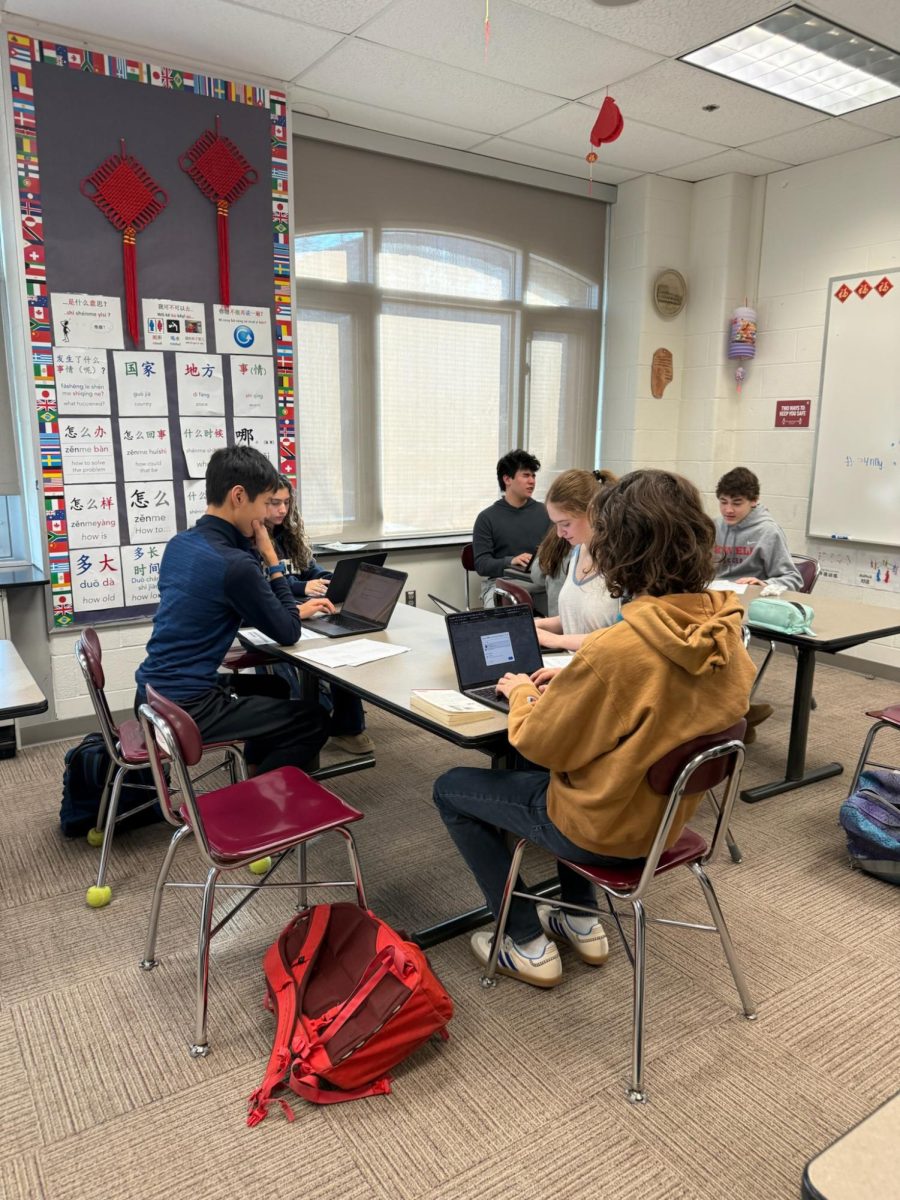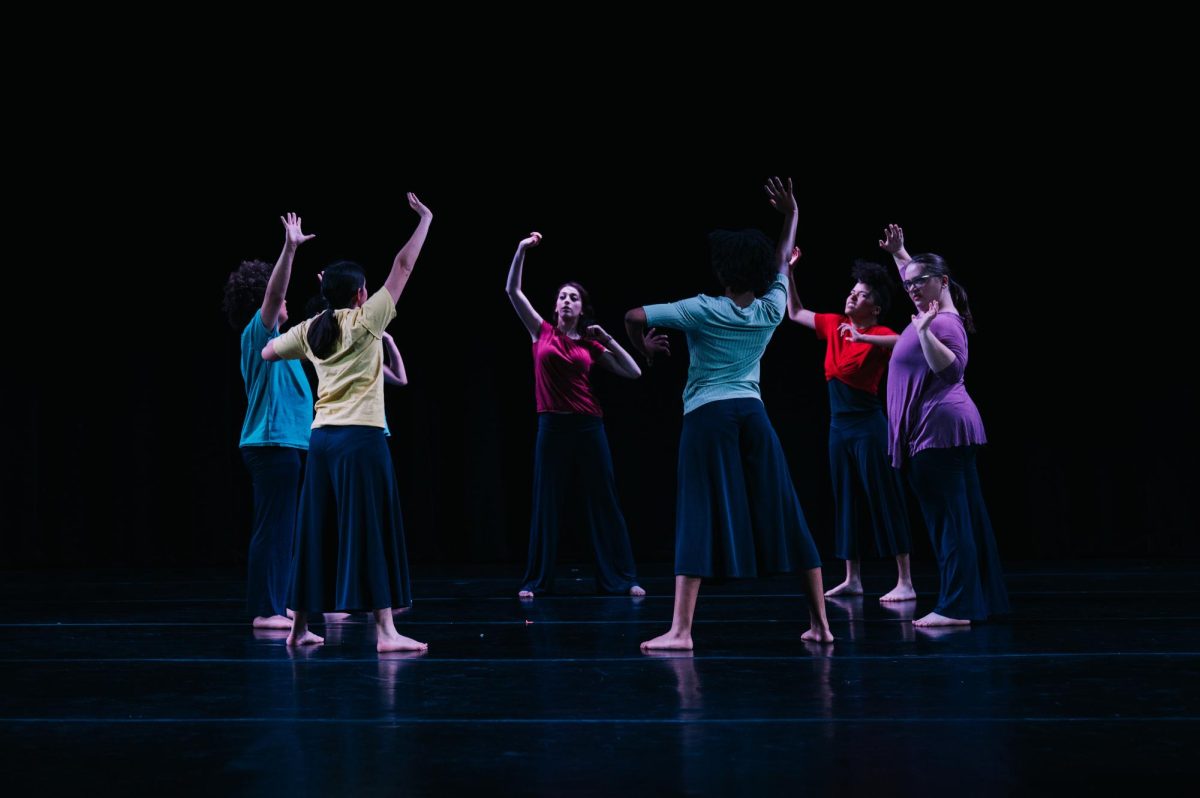When wandering around a portrait gallery, the faces staring back often appear monotonous and foreign, which makes connecting to portraits a seemingly arduous task. This may be a prominent reason for why many people struggle to enjoy and identify with artwork; the works often portray people who are disconnected from the viewer, with some even appearing so high in their positions or wealth that relating to them feels unrealistic.
The Smithsonian National Portrait Gallery’s “Kinship” exhibition takes a different approach. The theme of this exhibition calls for artists to explore a different side of portraiture, one that requires a more personal connection between the viewer, the photographer and the subjects.
The eight artists involved in the collection use these portraits to present various topics, such as racial inequality, violence, community and environmental destruction. The intimate nature of the “Kinship” exhibit allows viewers to identify with the works on display.
“Kinship” features the work of artists Njideka Akunyili Crosby, Ruth Leonela Buentello, LaToya Ruby Frazier, Jess T. Dugan, Jessica Todd Harper, Thomas Holton, Sedrick Huckaby and Anna Tsouhlarakis. All of these artists delve into the theme of the exhibition using unique techniques and styles.
Dugan’s work typically centers around a mother or grandmother and child duo, and many of their photos give a snapshot into the nonbinary artist’s household. One image taken by Dugan, “Self Portrait with Elinor,” shows the photographer holding their daughter and looking at the camera through the nearly transparent screen door of their home. Dugan’s portraits are often mellow and affectionate, allowing the viewer to see the loving and personal connection between Dugan and their family.
Holton’s photographic series “The Lams of Ludlow Street” portrays the lives of a Chinese family living in New York City’s Chinatown. The images were taken over a period of 20 years, depicting the family’s daily life.
“I have learned to love the Lams as much as my family,” Holten said in his artist’s statement.
Other artists, such as Frazier, convey a darker side of kinship in their photos. Frazier’s photos highlight the toxic-water crisis in Flint, Michigan, focusing on the strife of the Cobb family. One image taken by Frazier as part of the “Flint is Family in Three Acts” photographic series shows Shea Cobb pouring bottled water into her daughter Zion Cobb’s mouth.
In an interview with Andscape, Frazier compared the journey of the Cobb family to her own experiences with water pollution in Braddock, Pennsylvania when she was a child, stating she viewed Zion “as a double portrait because I was 8 years old when our water was contaminated in Braddock, Pennsylvania.”
“I’m also a survivor of these types of systemic and structural environmental justice issues,” Frazier explained.
“Kinship” will be on display at the National Portrait Gallery through Jan. 7, 2024.









































